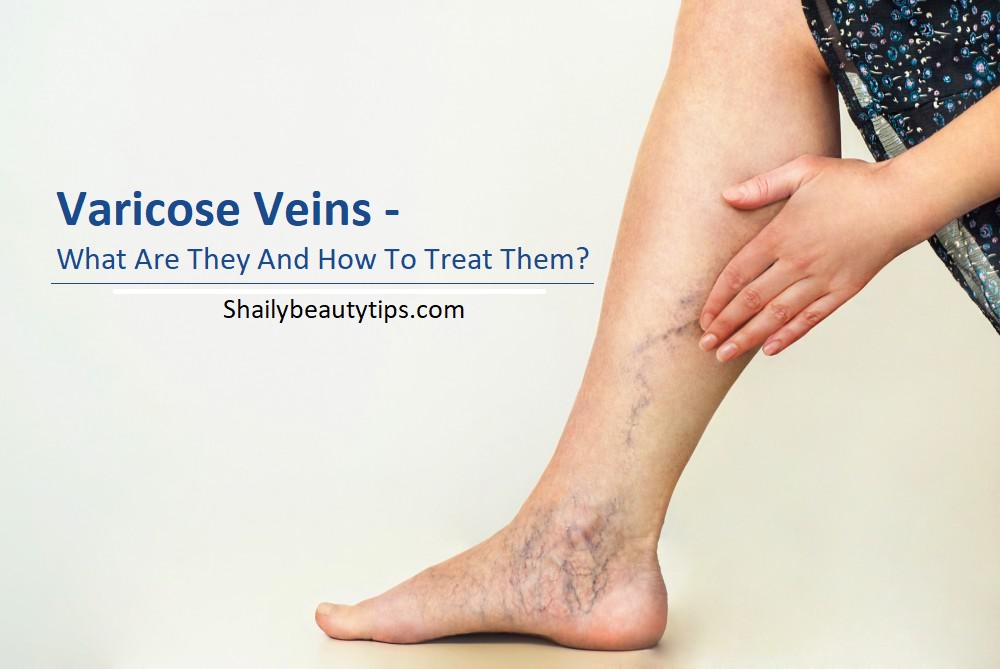Varicose veins are dilations of the small veins in your lower legs, usually found on the inner surface of the leg between your ankle and knee. They can be red, blue, or grey in colour and range from rough to smooth. Though they’re a little less common than spider veins, these diseases are more likely to affect women because their smaller size makes them harder to find.
What Are Varicose Veins?
Varicose veins are a condition in which small, swollen veins appear on the skin below the knee or elsewhere. They can occur due to a variety of factors, including age, genetics, obesity, and pregnancy. The most common symptom of it is leg pain, which may be aggravated by prolonged standing or vigorous activity. In mild cases, compression of the veins may cause no symptoms at all. However, in more severe cases, these diseases can lead to reduced blood flow and eventual leg ulcers. The best way to prevent this is to maintain a healthy weight and avoid excessive exercise or stress. If you do develop varicose veins, your doctor may recommend lifestyle changes or medical treatments such as vein injections or the latest treatment for varicose veins.
Causes Of Varicose Veins
Varicose veins are that have enlarged and become twisted. The cause is unknown, but it may be related to obesity, hormonal changes, pregnancy, genetics, or age.\n\n Treatment for these usually includes lifestyle changes and medications. Surgery may be necessary if the veins are causing significant discomfort or if they are affecting a person’s ability to walk or breathe.
The most common symptoms of these are pain when walking or standing, fatigue, and an inability to climb stairs easily. It can also make it difficult to pee because it can block the flow of urine.
Treatments Of Varicose Veins
Varicose veins are commonly found in the legs, but can also occur in other parts of the body. They are caused by an enlarged vein that becomes twisted and distorted. This can prevent blood from flowing smoothly through the vein, leading to swelling and pain. There are many treatments for these, depending on the severity of the condition. Here are some common treatments:
- Steroid injections: Injection therapy is often used to treat It in the legs. This involves injecting a steroid into the enlarged vein to reduce inflammation and swelling. The treatment may be repeated every few months as needed. Side effects may include skin irritation and weight gain.
- Surgery: Surgery is often the last resort for treating these types of diseases. This involves removing or cutting the enlarged vein. Potential side effects include pain and bleeding.
Conclusion
When it comes to varicose veins, most people know that they are a problem. They are also generally aware of the treatments available for them, such as surgery and medication. However, there is a lot more to varicose veins than meets the eye. In this article, we will explore what these are, how they form, and what treatments are available. We will also provide some tips on how to prevent them from occurring in the first place.


